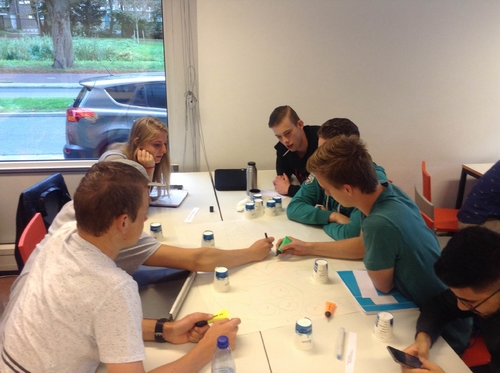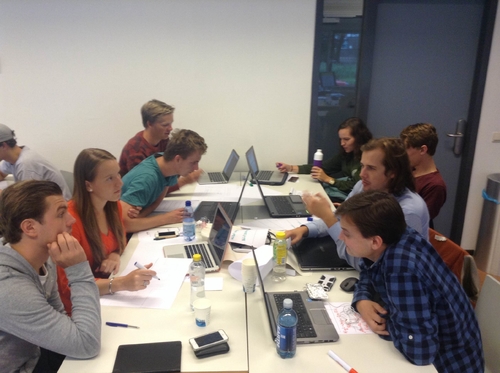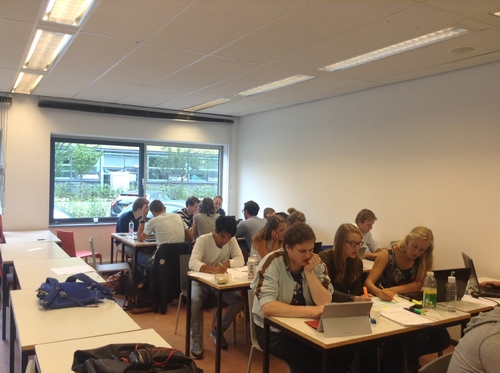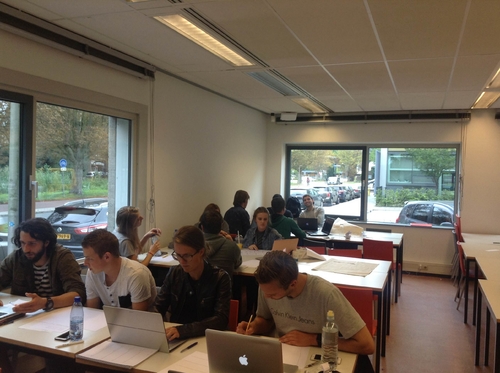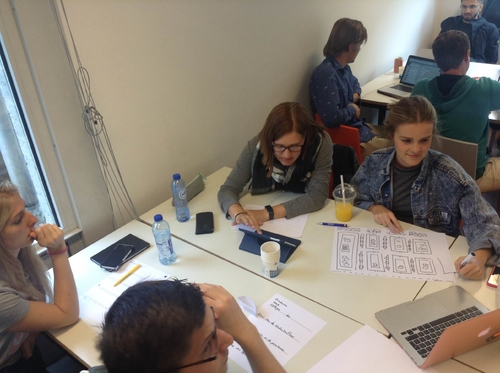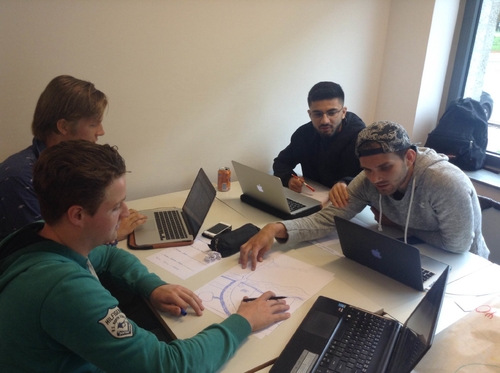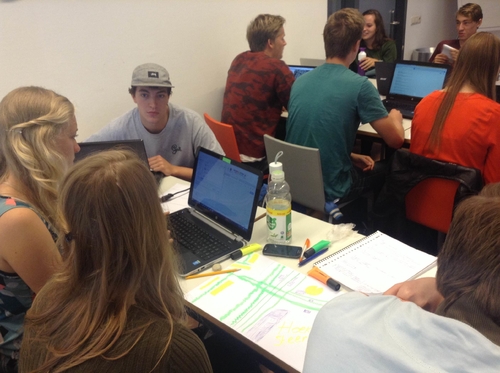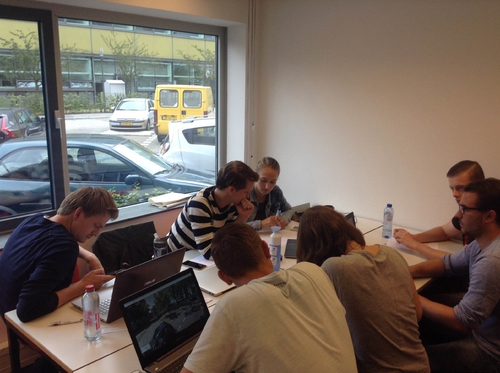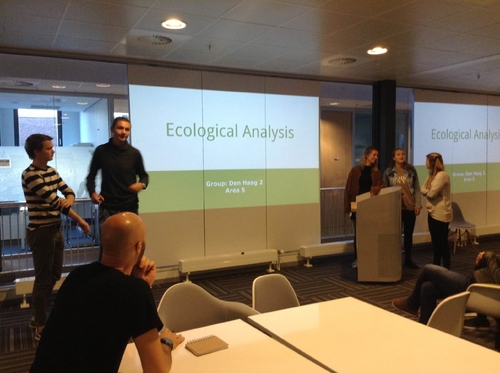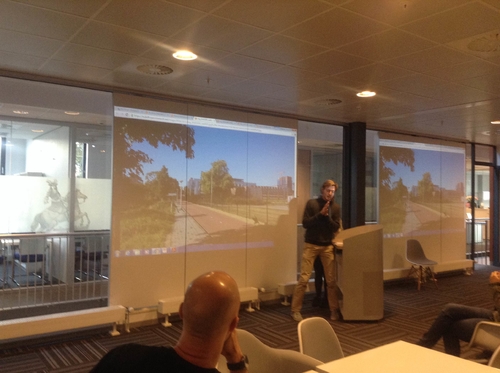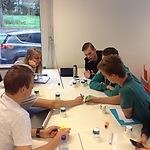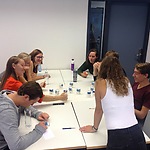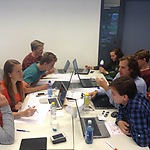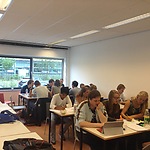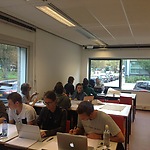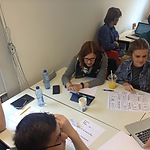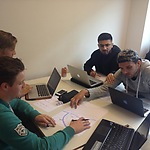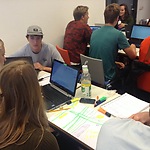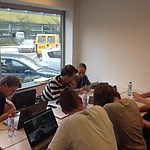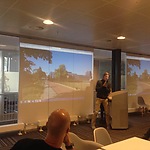Along with the skill labs that are involved with deductive tools such as how to write a column, how to interview, or how to share your research, we also had Skill Labs on how to analyze the built environment and how to observe urban ecology. What distinguishes these two skill labs is the fact that they are concerned with looking, and making a sense of what you are being confronted to. In order to achieve this, one has to develop a critical and analytical sense of observation.
The Analyzing Spatial Flows and Observing Ecologies Skill Labs presented warm up exercises on training the students' eyes to watch the environment, and to identify the rhythms which are present in the surroundings. The rhythms are used as a methodology for defining a set of rules for observation and paradigms for putting into confrontation different findings.
Carried out by Ir. Pinar Sefkatli, in the Analyzing Spatial Flows skill Lab, the rhythms were considered as the notions that shape the daily life in a certain area. The students chose the fragment(s) in their project areas that they would like to analyze, and started to get to know it better; how the functions are arranged, where are the social activities happening, where are the spots for public transportation, etc.
Based on this knowledge, the site visits will be carried out and the rhythms through which the life in the area are shaped will be identified.
The Observing Ecologies Skill Lab is dealing with a very different way of analysis, through how the ecology in the city is organized and what we can learn from it. In the Observing Ecologies Skill Lab, Angelo Vermeulen, artist, biologist and PhD candidate in TU Delft, gave a more clear idea on what urban ecology is, and how you can analyze ecological rhythms in the urban environment.
The students presented their findings in Den Haag Living Lab.
